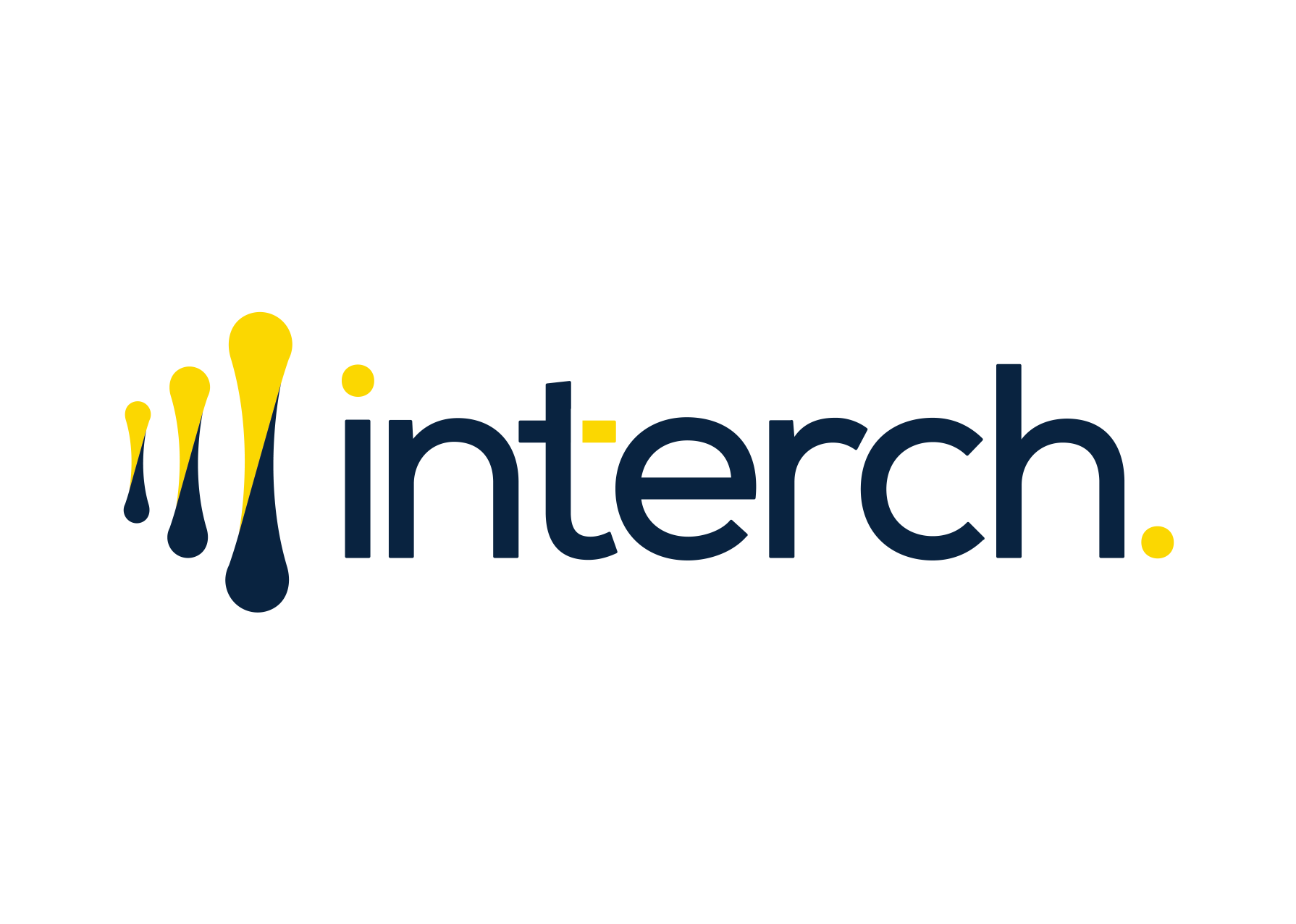These programs have tackled specific health issues such as HIV, Maternal Health, Malaria, TB, to name a few. The programs have succeeded based on the narrow (in terms of scope and time) metrics that defined them. Due to this narrow focus, the programs have lacked a comprehensive, single-window view of the population’s health requirements and are therefore yet to make a holistic and long-lasting impact on envisaged health outcomes.
Background
Communities have a variety of health concerns impacting their health, productivity, and level of satisfaction. Therefore, health programs that are well-informed and targeted with thoughtful interventions developed collaboratively with the communities they seek to help, improves healthcare outcomes. Educating individuals and providing relevant information could mean huge benefits to the country.
Health Education is the provision of accurate and appropriate contextualized information on health aimed at assisting individual to make informed choices to improve their health. In delivering health education various communication approaches can be deployed ranging from use of one-on-one inter-personal communication, small group discussions to mass media in reaching the population.
The evolution in the delivery of health education has demonstrated over time that the availability of information does not necessarily translate to change. This has led to the adoption of health promotion that recognizes the need for an enabling environment as a critical component in achieving a behaviour desired change. Health promotion is holistic and examines the social, cultural, and economic context as enablers to behaviour change hence it engages individuals in identification of the barriers and facilitators to behaviour change.
The historical one-sidedness in healthcare investment has resulted in an inadequate focus on the demand side needs of healthcare end users. Despite the utilization of traditional media channels such as radio and TV to disseminate health information, they may not be timely or personalized enough, in comparison to what might be possible given today’s growing demand side channels such as mobile phones.
Health planners also lack the necessary tools to manage and prioritize interventions on the demand side. Manual, time-consuming health promotion processes have resulted in inconsistent outcomes and often leave behind a population susceptible to infodemics and misinformation, and worst, neglect.
The historical one-sidedness in healthcare investment has resulted in an inadequate focus on the demand side needs of healthcare end users. Despite the utilization of traditional media channels such as radio and TV to disseminate health information, they may not be timely or personalized enough, in comparison to what might be possible given today’s growing demand side channels such as mobile phones.
Health planners also lack the necessary tools to manage and prioritize interventions on the demand side. Manual, time-consuming health promotion processes have resulted in inconsistent outcomes and often leave behind a population susceptible to infodemics and misinformation, and worst, neglect.
To that end, regionally, there are:
- No national brands to cater to the demand side of health promotion providers.
- No tech enabled/hybrid service models supporting social behavior change programs.
- No shared repository for available health information that can be reused and availed to end users on demand at national and county levels.
- No measurable ways to attribute the impact of health information to health investments
DPE believes that well informed users can participate in decision making processes and are empowered to make informed decisions in dialogue with their health care providers. Therefore, well informed users have the potential to improve the quality of content of care they receive.
The proliferation of handheld devices (mobile phones) in Kenya portends a lot for the health sector as it will continue to drive innovation in the sector in terms of digital health/technologies and communication.
DPE through its INTERCH™ platform and its InfoAFYA™ health assistant service wants to be at the fore front of innovation in the region by developing an effective behaviour change intervention mechanism through targeted communication which will be used to improve people’s knowledge and attitudes towards healthy behaviours and utilization of health services.
DPE intends to solve these challenges
- By providing a solution that is compelling, scalable, and user-friendly, health systems (supply side) can address the unique needs and preferences of dynamic populations.
- By providing a unified experience across different channels, health systems can help individuals overcome the barriers and act towards positive behavior changes (demand side).
- By leveraging user- friendly workflows that help health systems develop targeted behaviour change initiatives, resulting in faster deployment of health promotion campaigns.
- By providing a solution with the ability to learn about user’s behaviour through powerful machine learning technology to optimise user engagement and therefore health outcomes and facilitate innovation
INTERCH™ is a software solution that empowers communities and individuals to take control of their health. It does this by simplifying the design, delivery, and consumption of social behaviour change interventions.
In the next 5 years, we aim to be the leading comprehensive population health engagement technology platform for end users and providers, engaging with over half of the East African population to reduce the healthcare burden and improve their lives.

The services will be offered through INTERCH™ , a population health management software for scalable behaviour change management that gives InfoAFYA™ most of it’s capabilities.
INTERCH™ empowers communities and individuals to take control of their health. INTERCH™ and InfoAFYA™ do this by simplifying the design, delivery, and consumption of social behaviour change interventions.
In the next 5 years, we aim to grow INTERCH™ to be the leading population health engagement technology platform for end users and providers, engaging with over half of the Kenyan and East African population to reduce the healthcare burden.
The major milestones that we need to achieve to reach our product vision are:
Reduce the time taken to plan and roll out a population health campaign with key outcomes such as:
- Increase collaboration in the design and roll out of public health campaigns by:
a. Increase frequency and ease with which campaigns are designed and rolled out, collaboratively. - Reduce the amount of cognitive overload required to collaborate.
a. Reduce the complexity through guided workflows, self-service tools, etc.
b. Make it easier to generate insights from data.
Target the right people with the right intervention with key outcomes such as:
- Promote the profile of intervention end users.
a. Make it very easy to define the “intended target population” for better message innovation - Ensure the right messages are designed for the right person or recipient.
a. Make it very easy to design evidence-based SBC messages. - Map the evolving health information landscape of our intervention users to highlight emerging health literacy inequalities.
Increased utilization of the right messages with key outcomes such as:
- Focus on engagement models that work well especially in low resource environments.
- Make it easy to track utilization of SBC messages to beneficiaries.
- Diversify messages consumption beyond current channels and avenues to increase the accessibility of SBC messaging.
INTERCH™ will be utilized to disseminate unidirectional and bidirectional targeted health content (malaria, pregnancy) to pre-defined at-risk populations tailored to individuals, based on static and dynamic information about recipients from routine health surveys registry system.
Expected INTERCH™ /InfoAFYA™ benefits
Optimizing Client/User Engagement:
- Target the right audience with the right messages efficiently: InfoAFYA™ is designed to help you identify and reach out to the individuals who need your services the most, ensuring that you can make a significant impact on their lives quickly.
- Develop Person-centered communication for effective behavior change: By focusing on personalized interactions, our system fosters a supportive environment that encourages positive social behavior changes. This results in higher resource adoption rates and contributes to a healthier population overall.
- Adaptability for long-term success: In today’s rapidly changing world, staying relevant and meeting the evolving needs of clients or users is crucial. Our platform is flexible and adaptable, allowing you to adjust to their needs in real-time, ensuring continued engagement and satisfaction.
Closing Care Gaps Quickly:
- Prioritize behavior change for improved outcomes: By making behavior change a top priority in care delivery, you can ensure that your beneficiaries receive the support they need to adopt better health seeking behaviors
- Identify and address high-risk vulnerabilities: Our platform helps you identify and mitigate potential issues along the care continuum, provide targeted interventions and improve overall patient outcomes.
- Reach out to vulnerable populations with ease: We understand that not all beneficiaries have the same needs or preferences when it comes to communication and support. Our platform offers a variety of user-friendly formats, making it easy for health systems to connect with vulnerable and at-risk populations and provide them with the care they need.
Enhancing SBC Interventions Outcomes Measurably:
- Monitor progress and measure success: By tracking results that demonstrate meaningful change, you can gain valuable insights into the effectiveness of your behavior change interventions. This information helps you make data-driven decisions and refine your strategies for continued improvement.
- Report on impact with clarity and precision: Our platform enables health systems to showcase the progress made in their social behavior change initiatives in a way that is easy to understand. This transparency fosters trust and encourages collaboration with all stakeholders.
- Streamline message development and reusability: Our intuitive platform makes it simple to find, reuse, and adapt existing messages, reducing anxiety associated with content creation and allowing health systems to focus on delivering impactful communication strategies.
- Supporting communities through collaboration: By leveraging our platform’s collaborative features, health systems can work together with other professionals, organizations, and end users to develop and share best practices, resources, and insights that promote better health outcomes for all.
